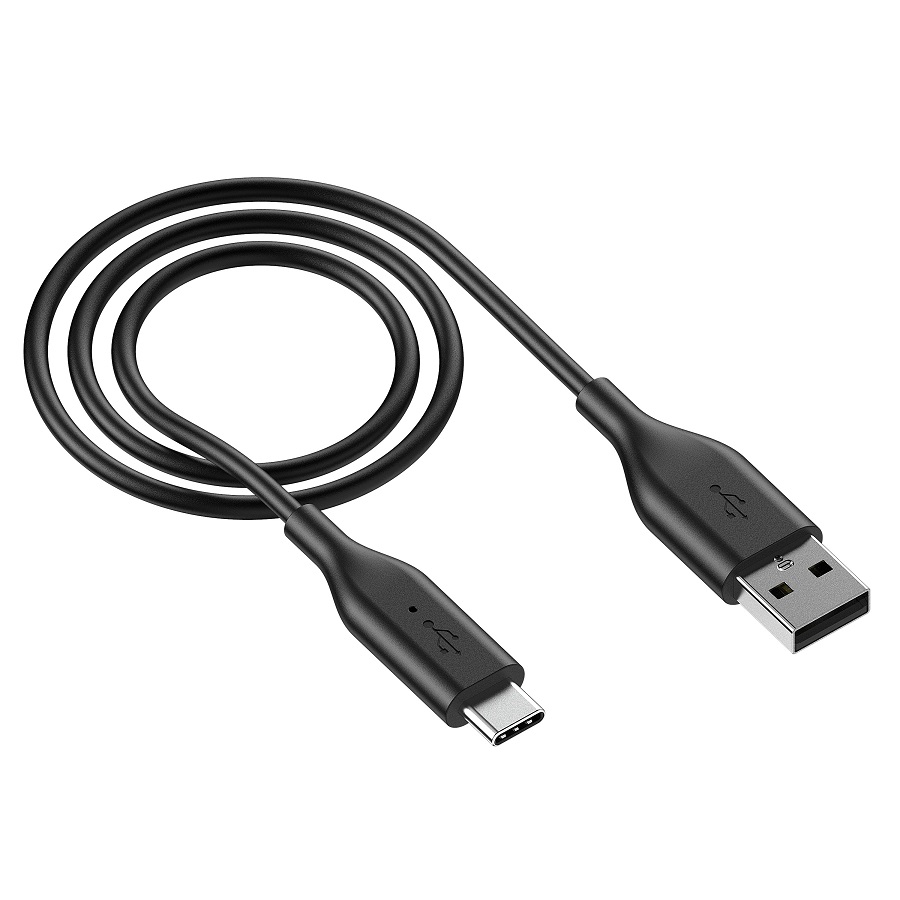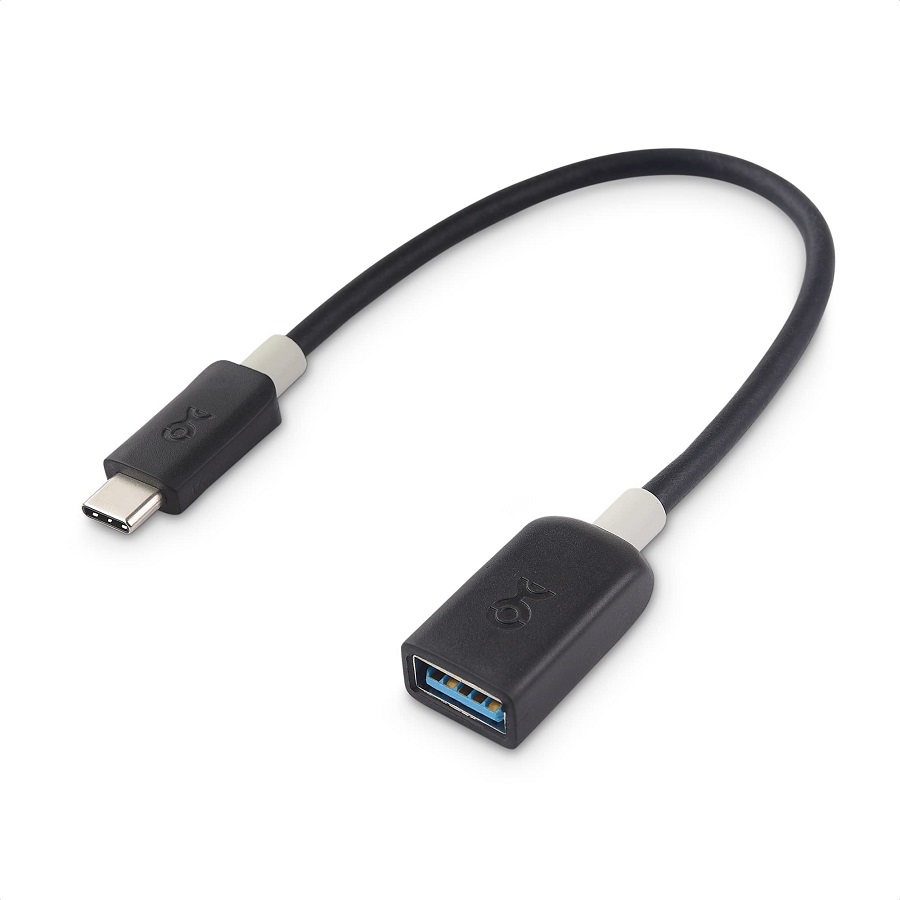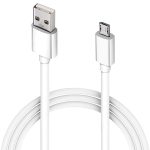The Rise of USB-C and Its Benefits
USB-C technology is changing how we connect devices. This new industry standard for chargers and connectivity offers several advantages over older USB types. Here are some key benefits:
- Reversible Connector: The user-friendly design means you can plug it in any way—no more fumbling to connect your charger.
- Faster Charging and Data Transfer: USB to USB-C chargers deliver power more efficiently. They also move data at higher speeds.
- Increased Power Delivery: USB-C can charge larger devices like laptops, not just phones and tablets.
- Wide Compatibility: More and more devices use USB-C. This makes the usb to usb c charger a versatile tool.
- Sleeker Designs: Devices can be thinner because USB-C takes up less space than older ports.
- Future-Proof: USB-C is set to become the universal standard, so it’s a smart investment.
The rise of USB-C marks a significant evolution in technology. With its benefits, users enjoy convenience and better performance. For these reasons, upgrading to a usb to usb-c chargers is a must for modern devices.

Different Types of USB to USB-C Chargers
When you’re in the market for a usb to usb-c chargers, understanding the different options available is key. There are several chargers to consider, each with its own features and benefits that cater to various needs. Here’s a look at the most common types:
- Standard USB to USB-C Cables: These are the most basic form of chargers. They connect standard USB ports with USB-C devices. Ideal for simple charging and data transfer needs.
- Wall Chargers with USB to USB-C: These plug directly into an electrical outlet and often offer faster charging capabilities. Many come with multiple ports for charging several devices at once.
- Car Chargers with USB to USB-C: Designed for on-the-go charging, these chargers plug into your vehicle’s cigarette lighter. They’re a must-have for road trips and commuting.
- Portable Power Banks with USB to USB-C: Portable chargers are great for those constantly on the move. They store power to recharge your devices anywhere, anytime.
- Multiport USB Charging Stations with USB-C: Perfect for workstations or households with multiple devices, these stations can charge several devices simultaneously, saving time and outlet space.
Each type of usb to usb-c chargers serves a specific purpose, so consider what fits best with your lifestyle and device needs. The right choice can improve device performance and ensure you stay connected in the most efficient way possible.
Factors to Consider When Choosing a USB to USB-C Charger
Choosing the right usb to usb-c chargers involves several key factors. Here are the top considerations to help guide your purchase:
- Device Requirements: Assess the power needs of your devices. Stronger chargers are better for larger devices.
- Charging Speed: Look for a charger that offers fast charging. This means less waiting time for your devices to power up.
- Portability: Consider if you need a charger that is easy to carry. Small, lightweight chargers suit travelers.
- Cable Length: Make sure the cable is long enough for your use. Long cables offer flexibility in where you place your devices.
- Durability: Check the build quality. Durable chargers resist wear and tear better, saving you money in the long run.
- Number of Ports: Decide if you need to charge multiple devices. Chargers with more ports provide this convenience.
- Brand Reputation: Look for a trusted brand. High-quality brands often offer better warranty and support.
These factors play a critical role in finding the best usb to usb-c charger for your devices. Paying attention to these details can enhance your device’s battery life and overall usability.
How to Use USB to USB-C Chargers for Device Optimization
Using a usb to usb-c chargers correctly can extend your device’s life and improve performance. Here’s how to optimize your devices with these chargers:
- Choose the Right Charger: Match the charger to your device’s specifications for optimal charging.
- Correct Insertion: Always insert the USB-C connector the right way to prevent damage.
- Unplug When Charged: To avoid overcharging, disconnect your device once fully charged.
- Use Smart Charging Features: If available, use smart charging options to protect battery health.
- Update Your Device: Ensure your device software is up to date for efficient charging.
- Avoid Extreme Temperatures: Keep devices and chargers away from very hot or cold environments.
By taking these steps, you can enhance your device’s functionality and keep it running smoothly. Remember, a well-maintained device with the right usb to usb-c chargers offers better longevity and reliability.

The Role of Charging Speed and Power Delivery in USB-C
USB-C has revolutionized charging speed and power delivery. Here’s why these features matter:
- Quicker Charging Times: With USB to USB-C chargers, devices power up faster. This means you wait less and do more.
- Enhanced Power Delivery: USB-C chargers can fuel larger gadgets, like laptops. They carry more power compared to older USB types.
- Smart Power Management: Some chargers adjust power flow. They deliver the right amount for each device.
- Future Compatibility: As gadgets advance, charging needs grow. USB-C meets these needs by supporting higher wattages.
Embracing USB-C is not just about the present. It is a step towards the future of connectivity and power management. When choosing a usb to usb c charger, consider speed and power delivery carefully. They could make or break your charging experience.
Safety and Maintenance Tips for USB to USB-C Chargers
Maintaining your usb to usb c charger ensures safety and extends its lifespan. Follow these tips:
- Check for Damage Regularly: Inspect the charger for any visible damage. Look for fraying, cuts, or exposed wires in cables.
- Use Original or Certified Chargers: Opt for chargers from reputable brands. They are often safer and more reliable.
- Avoid Overcharging: Do not leave devices plugged in for too long after they are fully charged.
- Keep Dry: Protect chargers from moisture. Water can damage the electronics within.
- Unplug Carefully: Remove chargers from the plug, not the cable. This prevents damage to the wire.
- Keep Away from Heat: Store chargers away from direct sunlight and other heat sources.
- Don’t Bend the Cable: Bending cables can break internal wires. Coil them gently for storage.
- Clean Ports Gently: Use a soft, dry cloth to clean dust from the charger’s ports.
- Avoid Cheap Knock-Offs: They may harm your device or cause electrical issues.
- Follow Manufacturer’s Instructions: Read and adhere to the guidelines provided by the charger’s manufacturer.
By sticking to these safety and maintenance guidelines, you can keep your usb to usb-c charger in top condition. This not only protects the charger but also the devices you connect to it.
Future Trends in USB and USB-C Charging Technology
The charging technology landscape is ever-evolving, and USB-C is at the forefront. Looking ahead, we can anticipate several trends that will shape the future of USB and USB-C charging technology.
- Increasing Adoption of USB-C: As USB-C becomes more prevalent, it will likely replace many older USB connectors.
- More Advanced Power Delivery: Future USB-C chargers may deliver even greater power, charging devices faster and more efficiently.
- Wireless Charging Integration: USB-C may integrate with wireless charging technology, providing more versatility in how we charge our devices.
- Eco-friendly Solutions: The industry is moving toward more sustainable products, including chargers made with eco-friendly materials and designed to reduce waste.
- Smarter Charging Technology: We can expect smarter charging systems that optimize power management for individual devices to prolong battery life.
- Enhanced Data Transfer Speeds: USB-C’s capacity for high-speed data transfer will continue to improve, making the exchange of data even quicker.
- Universal Compatibility: The push for a universal charging standard will grow, and USB-C could become the single port for all devices.
These trends demonstrate the dynamic nature of charging technology and underline the importance of USB-C in the advancements to come. Staying informed about these changes can help ensure you are always using the most up-to-date and efficient charging methods for your devices. Remember, keeping abreast of technology is not just about convenience but also about contributing to a more sustainable and innovative future.

Compatibility Guide for USB to USB-C Chargers and Devices
Selecting the right usb to usb-c chargers is crucial for your device’s health and efficiency. To ensure compatibility, consider these key aspects:
- Check Device Port Type: Make sure your device has a USB-C port. This is the first step in finding a suitable charger.
- Understand Charger Specifications: Chargers come with various output ratings. Match the charger’s output to your device’s input requirements.
- Operating System Compatibility: Some chargers are optimized for different operating systems. Pick a charger that matches yours.
- Manufacturer’s Recommendations: Refer to your device’s manual. Manufacturers often suggest compatible chargers.
- Certification Marks: Look for chargers with USB-IF certification. This ensures they meet industry standards.
- Avoid One-Size-Fits-All: Universal chargers might not be optimal. Devices often benefit from chargers designed for them.
- Update Compatibility: Keep your device’s software up to date. This can affect charging efficiency.
By observing these guidelines, you can choose the best usb to usb c charger for your devices. This will maximize device performance and extend its lifespan.


